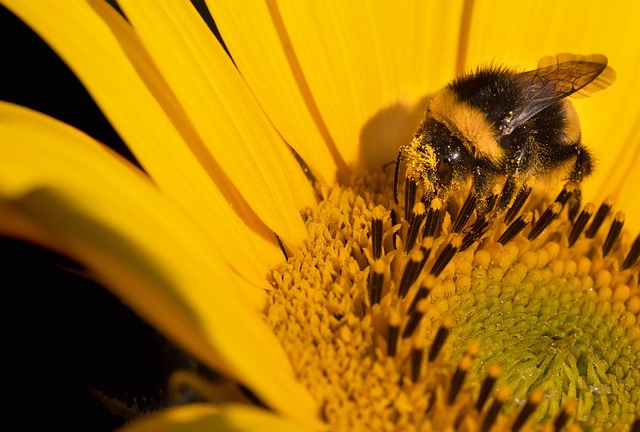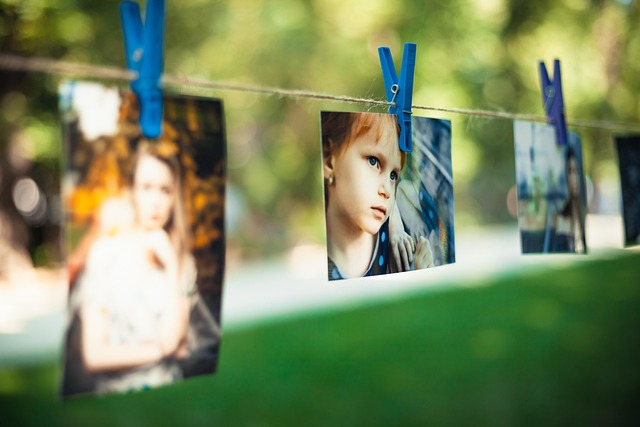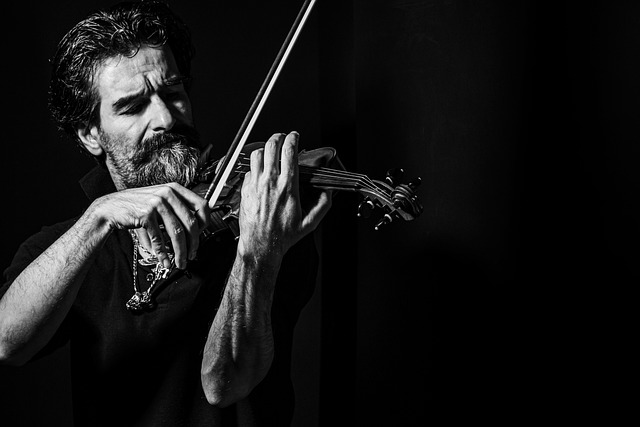In the realm of photography, the interplay between light, color, and emotion defines not just the image, but the very essence of artistic expression. As photographers, we are tasked with a formidable yet exhilarating responsibility: to capture moments that resonate deeply with our audience. This is where color correction steps in as an essential tool, transforming our fine arts photography into something extraordinary.
Fine arts photography often aims to convey intricate emotions evoked by varied cultural backgrounds and artistic endeavors. The vibrant hues of a traditional festival, the muted tones of a historic landmark, or the bold contrasts in a modern art piece can all affect how a viewer perceives the artwork. Effective color correction enhances these elements, enabling the photographer to present a more accurate representation of the scene or to evoke a specific mood.
Cultural significance plays a crucial role in the choices we make in color correction. Different cultures interpret colors in unique ways; for instance, red is considered auspicious in several Asian cultures, while it may symbolize passion or danger in Western contexts. By understanding these cultural nuances, photographers can intentionally manipulate colors to not only articulate their vision but also to respect and celebrate the diversity of human experiences.
The artistry of color correction goes beyond mere technical adjustments; it transforms the photograph into a visual narrative. Imagine capturing an exquisite landscape—its lush greens and bright blues may appear lifeless in a raw image. Through color correction, you can breathe life into the photograph, intensifying the greens and blues to depict a breathtaking morning scene enriched with golden sunlight. Suddenly, the photograph resonates with the viewer, drawing them into the experience as if they were standing there, soaking in the atmosphere.
Moreover, the evolution of digital editing software has revolutionized the process of color correction. Tools like Lightroom and Photoshop have democratized access to advanced techniques previously reserved for the darkroom elite. With a few clicks, photographers can adjust levels, saturation, and contrasts, allowing their artistic voice to flourish. However, it is paramount to exercise restraint; over-edited images can detract from the authenticity of fine arts photography. The goal is to enhance without overshadowing the intrinsic beauty of the artwork.
The relationship between art, culture, and photography is a rich tapestry, woven together through the power of color correction. By employing careful adjustments, photographers can not only highlight their artistic intent but also engage their audience on a deeper cultural level. Every color correction decision can be a dialogue—an invitation for viewers to explore the emotions behind each hue and shade.
Ultimately, mastering color correction is akin to an artist honing their craft. It requires practice, an understanding of color theory, and an innate sense of aesthetics. As we endeavor to share the beauty of fine arts through our lenses, let us embrace the art of color correction, allowing it to elevate our work and ensure that our visual stories resonate with significance and authenticity.




